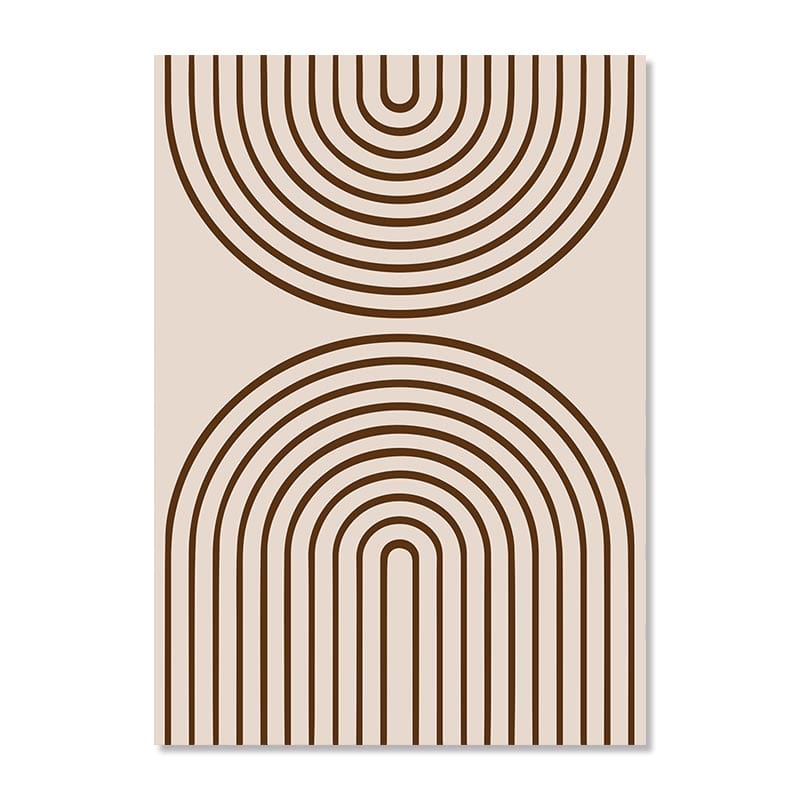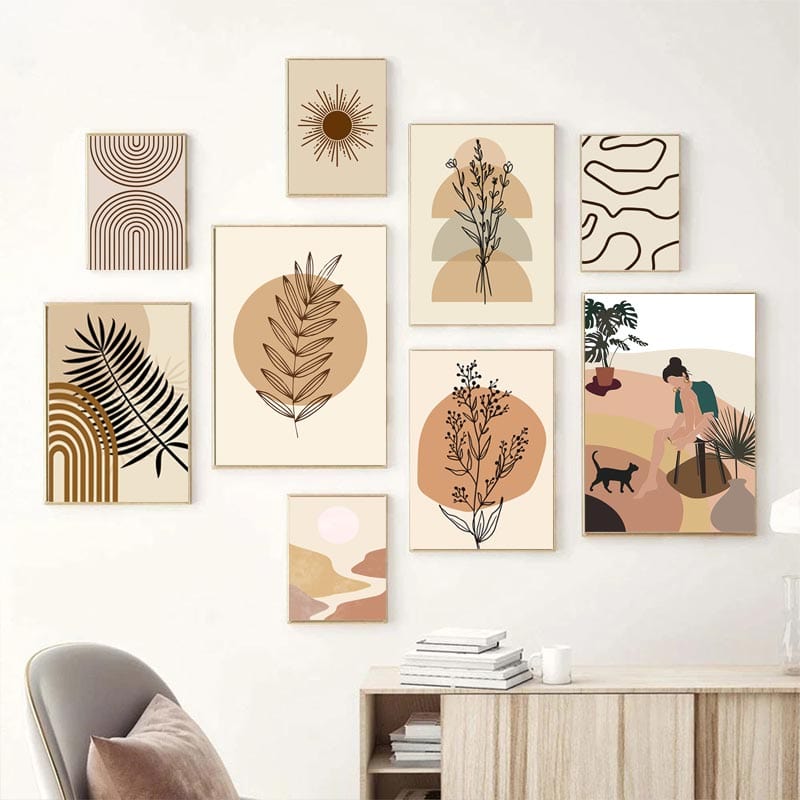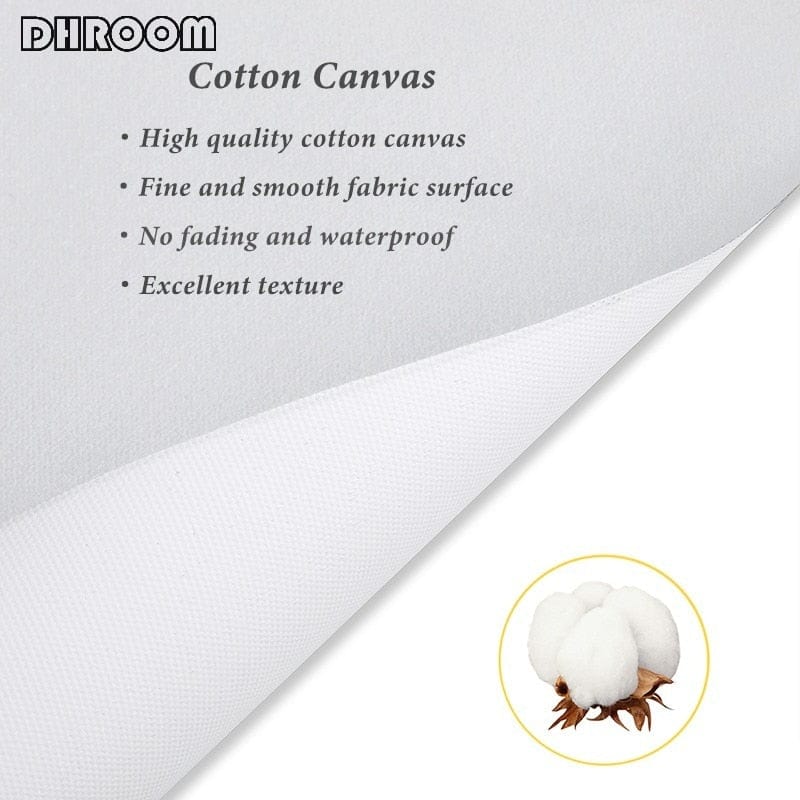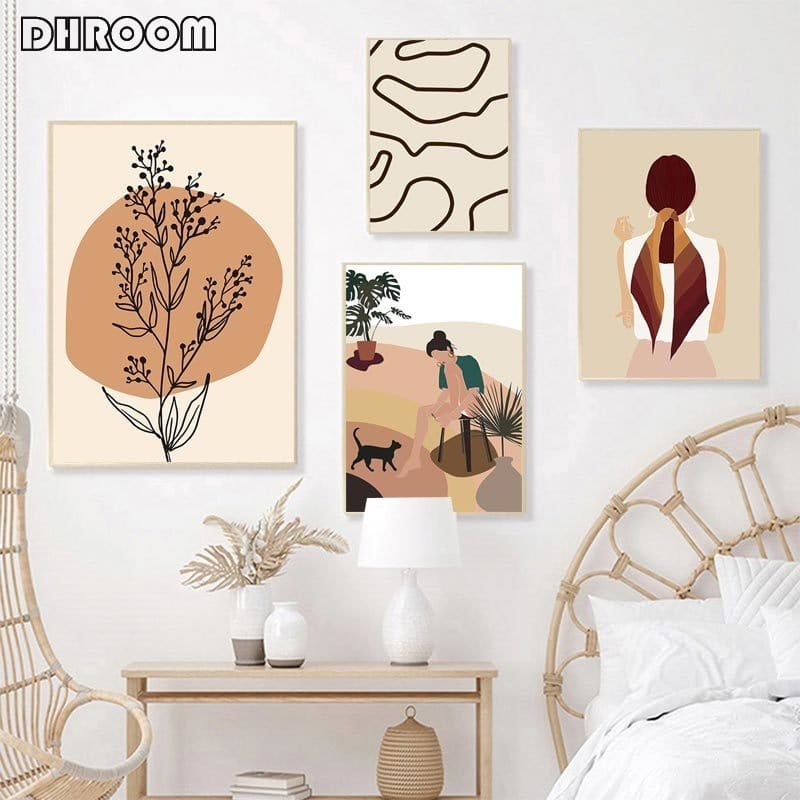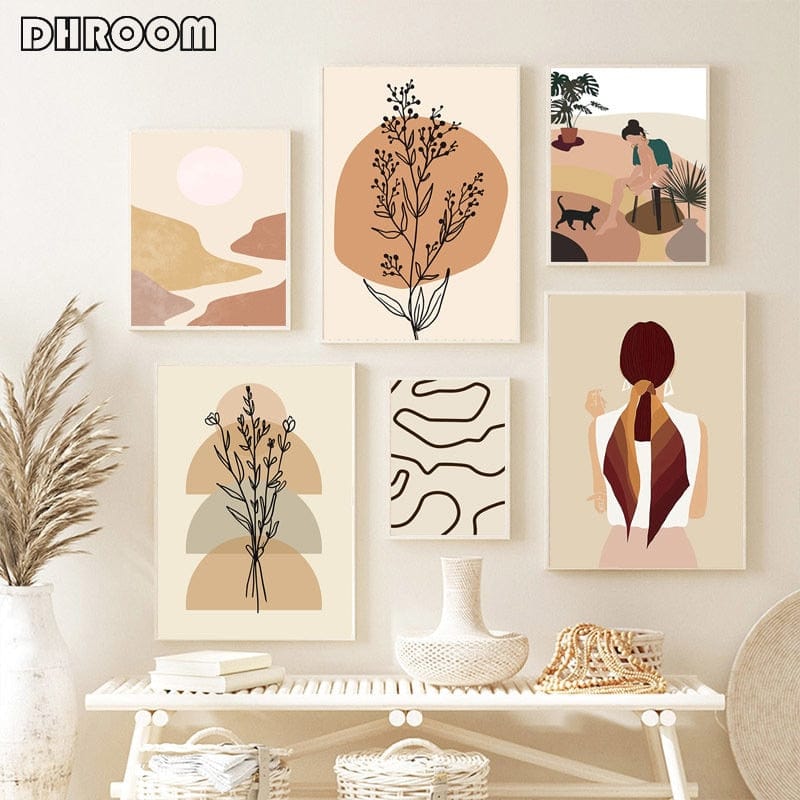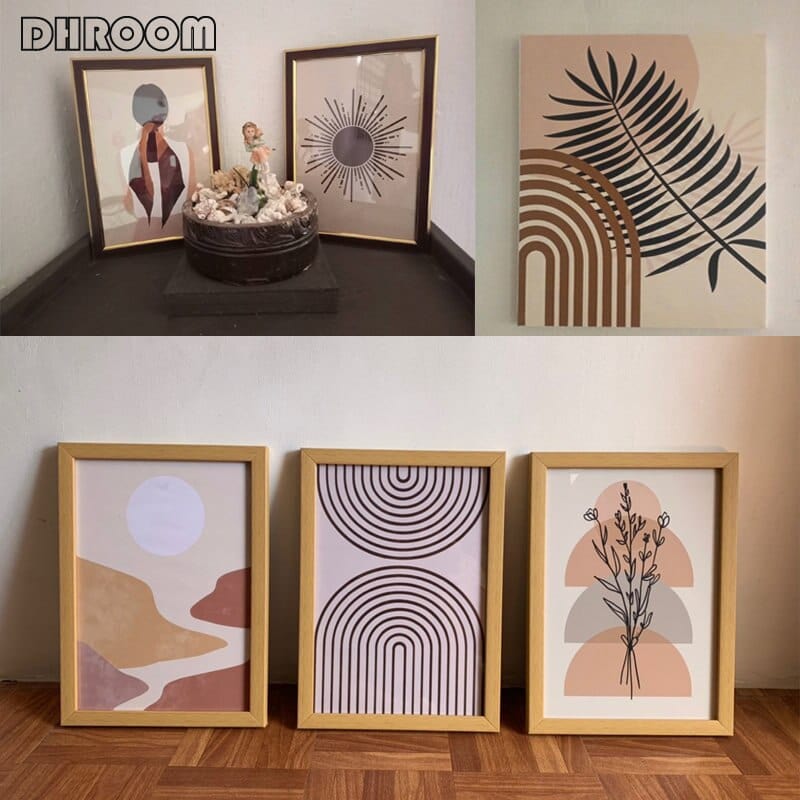Abstract Art Painting
Abstract Art Painting
🎉 Cet article a été vendu 150 fois récemment !
🔥 Stock limité : articles restants. Dépêchez-vous !
- Our paintings are made on request
- Satisfied or Refunded within 15 days
- Fast Shipping : 1 - 4 days
✅ 12 personnes ont ajouté cet article à leur panier récemment !
Couldn't load pickup availability
Share
Abstract art is an artistic movement that challenges traditional conventions of visual representation to express ideas, emotions and concepts in a non-figurative way. It is a form of expression that focuses on visual elements such as line, shape, color, texture and composition, rather than the realistic depiction of recognizable objects or subjects.
In abstract art, the artist frees himself from the constraints of reality to explore new creative possibilities. Shapes can be simplified, distorted or completely invented, thus allowing great freedom of interpretation for the viewer. Colors can be used expressively, creating striking harmonies or contrasts. Texture can be explored through layering, scratching or dripping techniques, adding a tactile dimension to the work.
Abstract art offers a unique visual and emotional experience. It stimulates the imagination and invites the viewer to personal interpretation. Each person can find their own meaning and their own feeling in front of an abstract work, because it leaves an important place for subjectivity. It is an art form that allows for active interaction between the work and the viewer, creating a strong emotional connection.
Abstract artists push the boundaries of creativity and explore new artistic avenues. They seek to convey emotions, express abstract ideas or challenge established conventions. Abstract art can be both contemplative, inviting reflection and introspection, but also dynamic and energetic, creating a powerful visual impact.
Since the first abstract experiments at the beginning of the 20th century, abstract art has evolved and diversified. Movements such as Cubism, Surrealism, Abstract Expressionism, and Minimalist art all contributed to the exploration of abstraction in different forms and approaches.
Whether through paintings, sculptures, installations or other artistic mediums, abstract art continues to inspire and fascinate art lovers around the world. It provides fertile ground for experimentation, creativity and individual expression. Abstract art is a visual and emotional journey, an invitation to explore new perspectives and push the boundaries of our artistic understanding.
TECHNICAL CHARACTERISTICS :
Type: Canvas Prints
Corresponds to a world reference quality regarding the digital printing of high-end canvases.
Techniques: Spray painting
Which adds dimension when printed for an impressive result.
Backing base: Cotton and linen
The canvas is made of cotton and linen for exceptional quality.
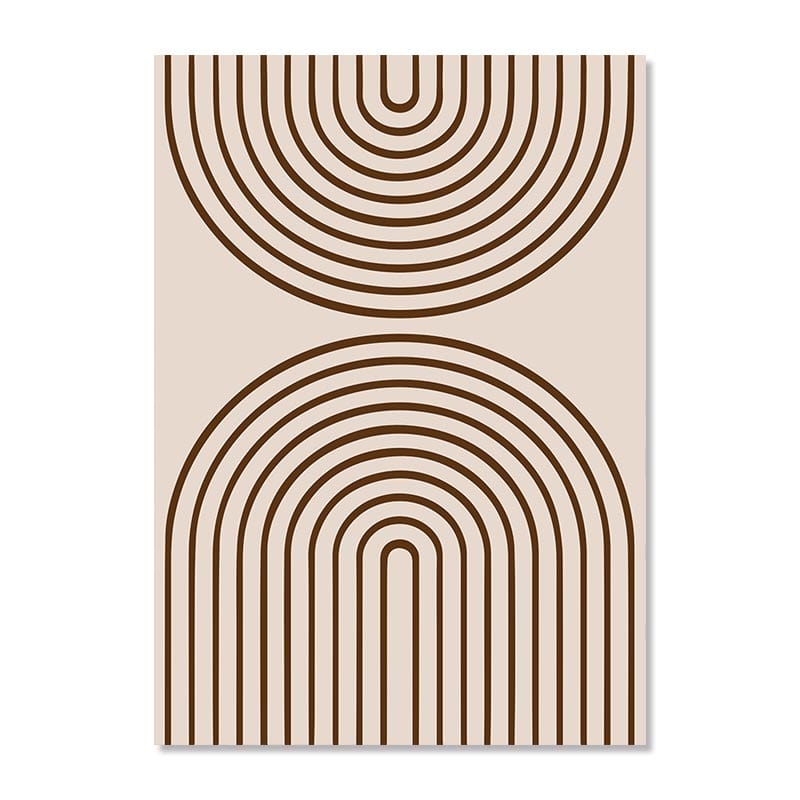
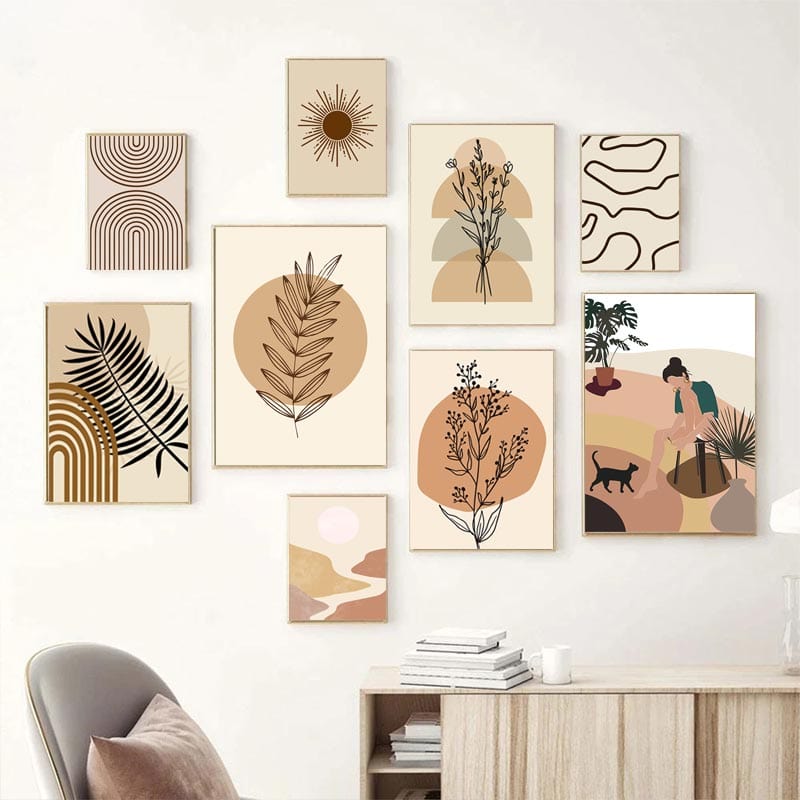
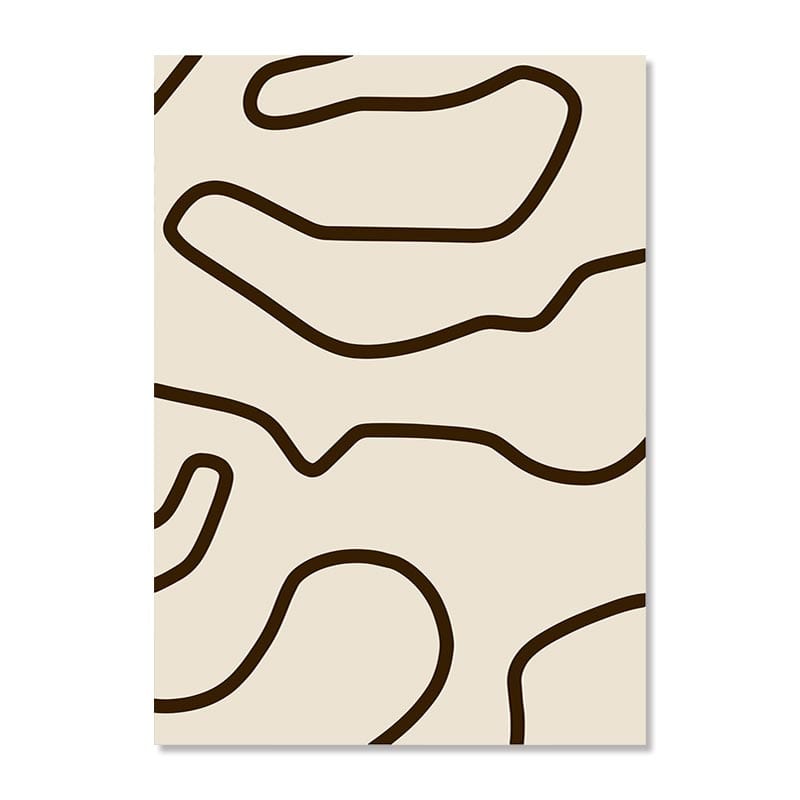
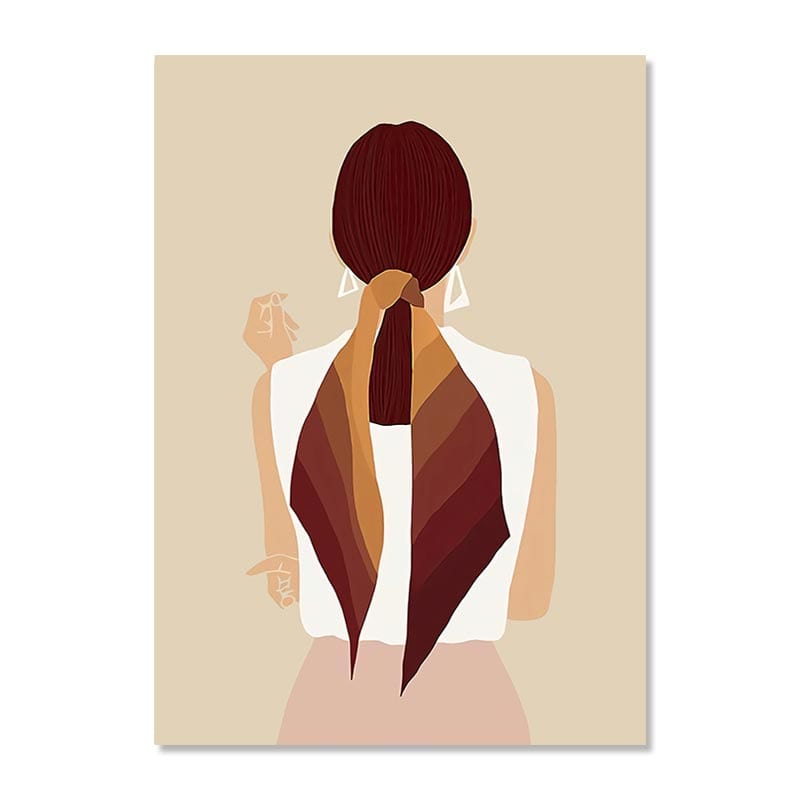
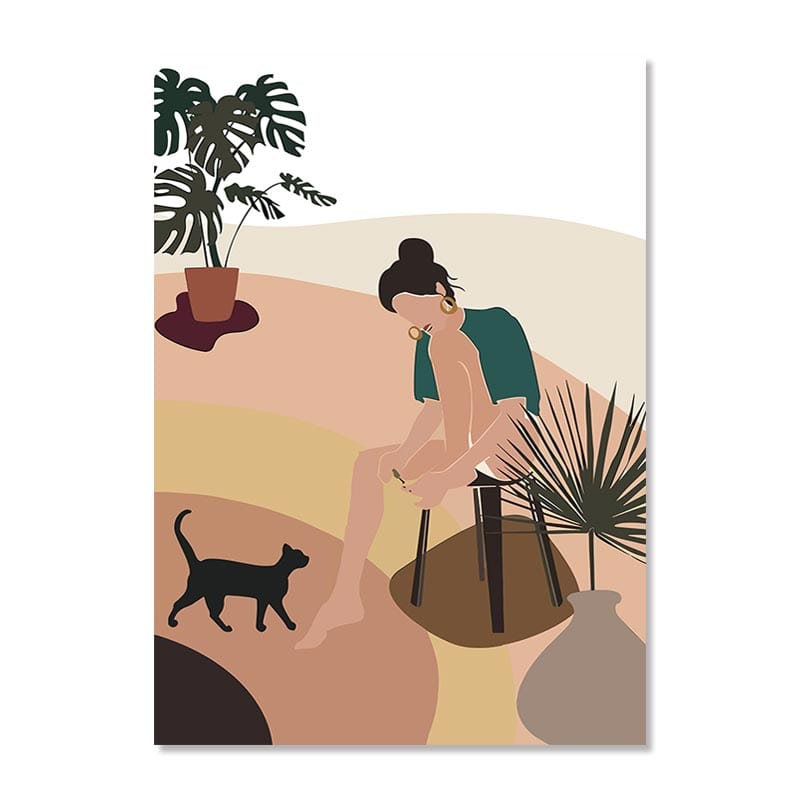
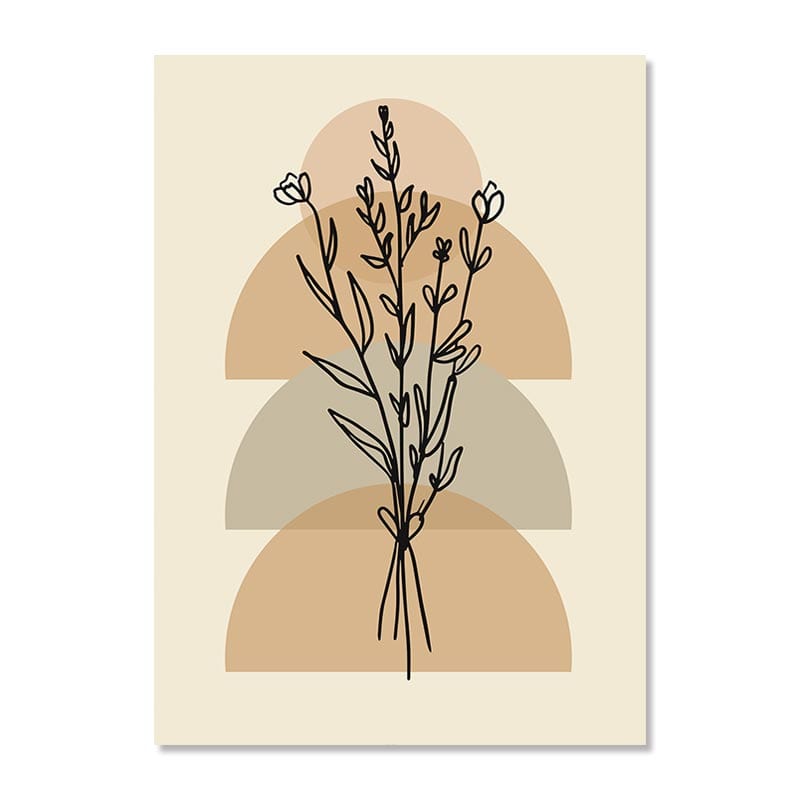
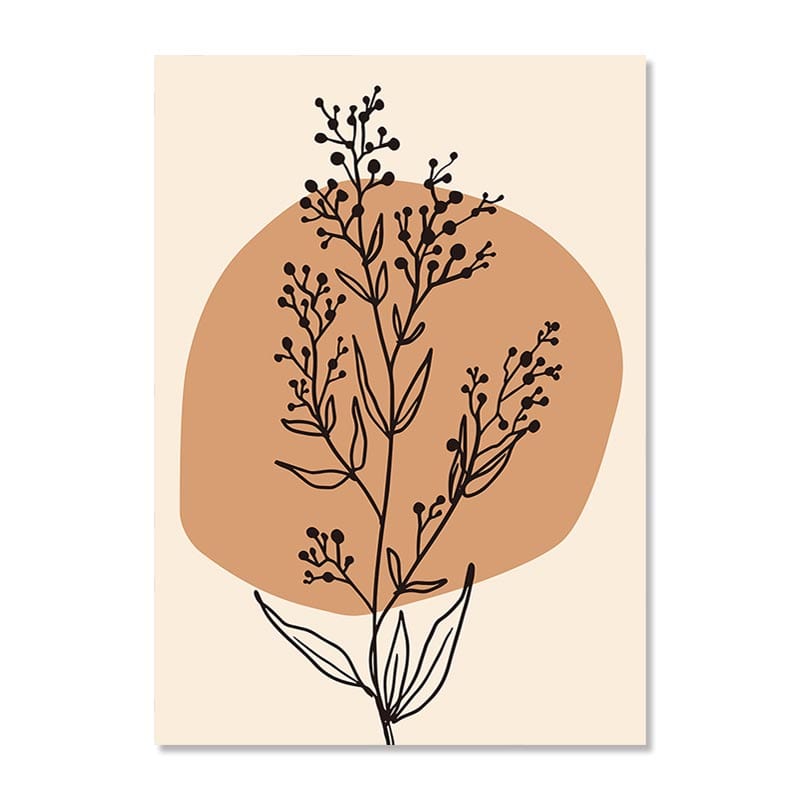
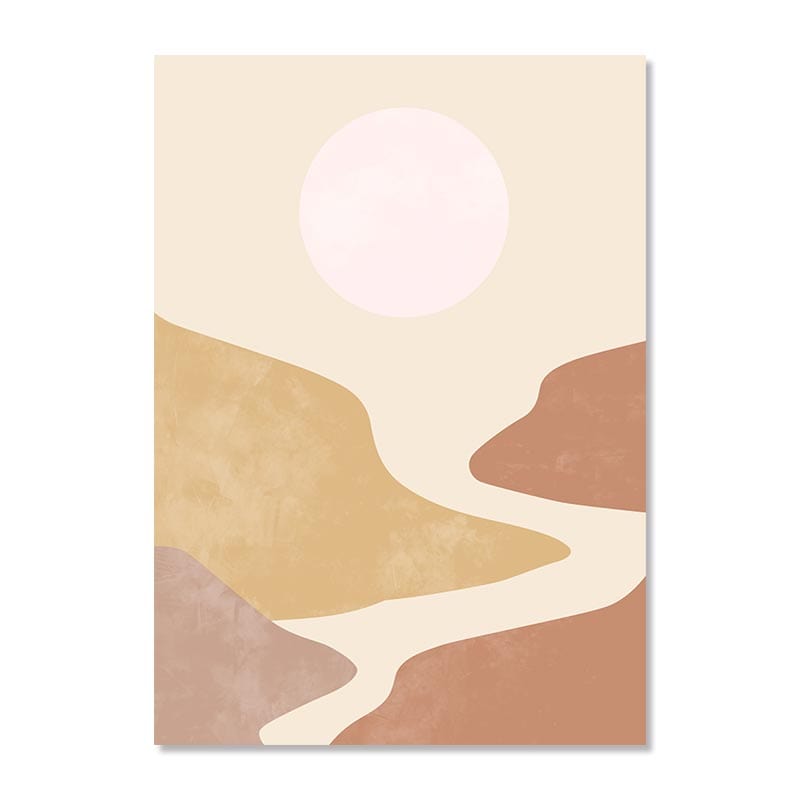
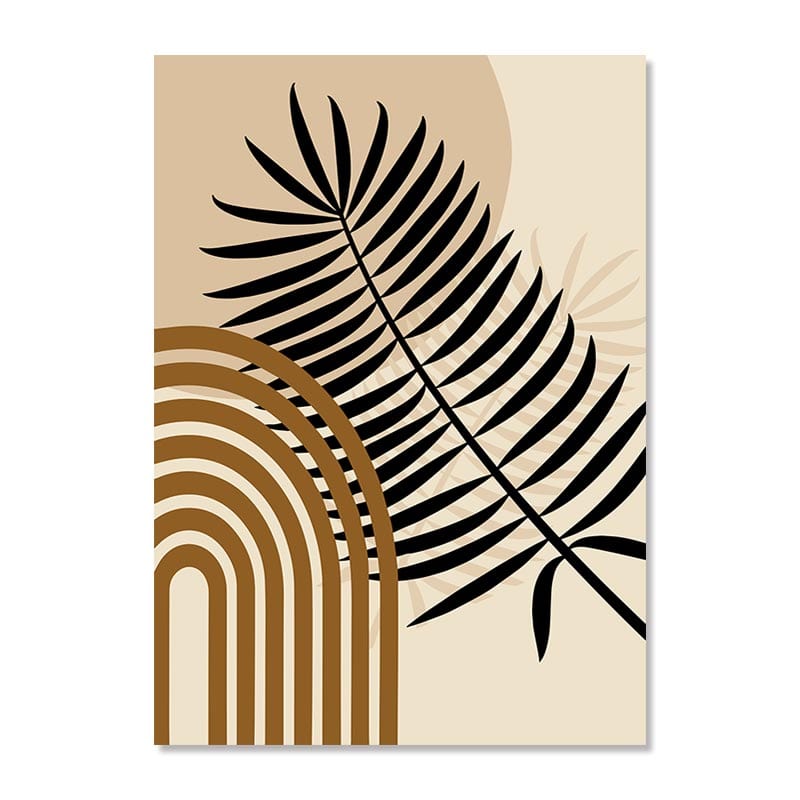
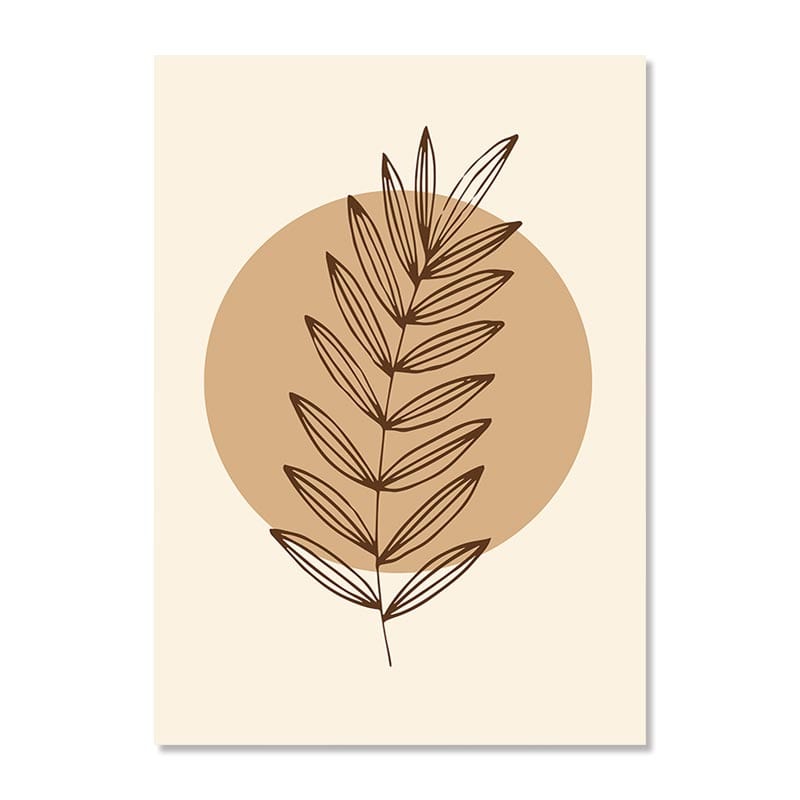
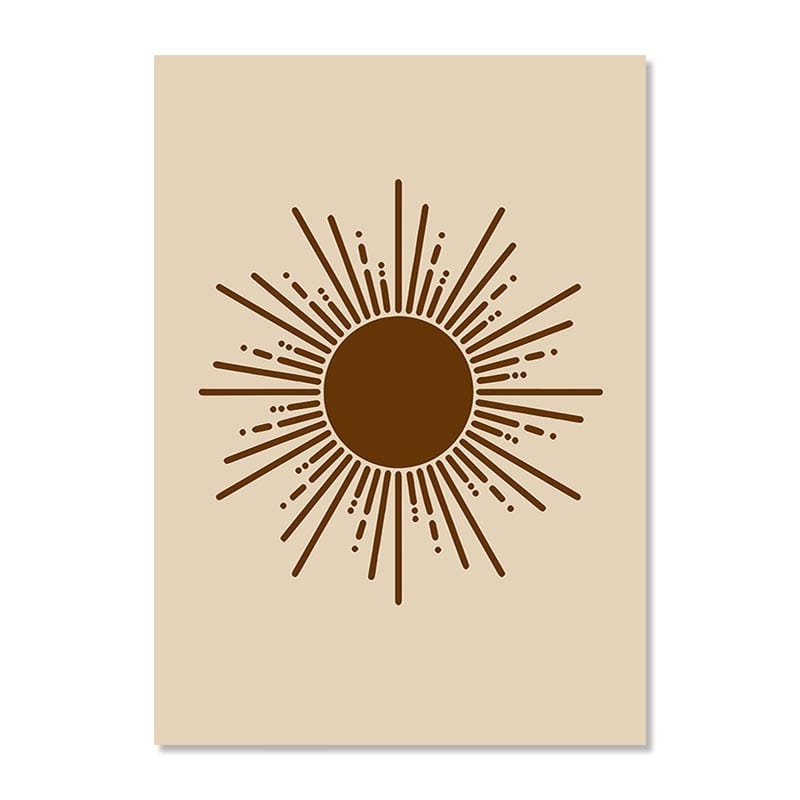
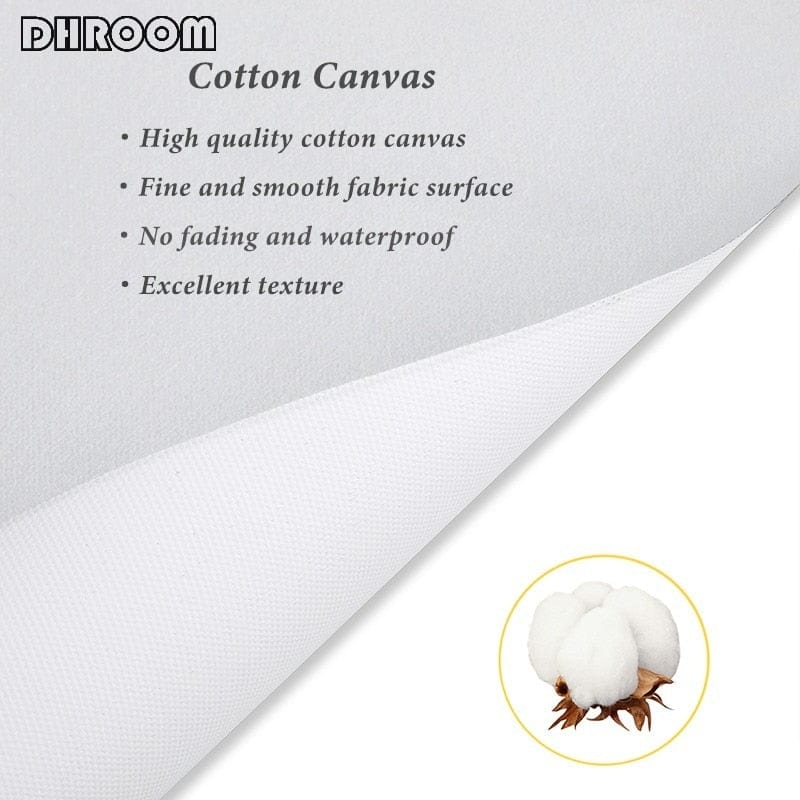

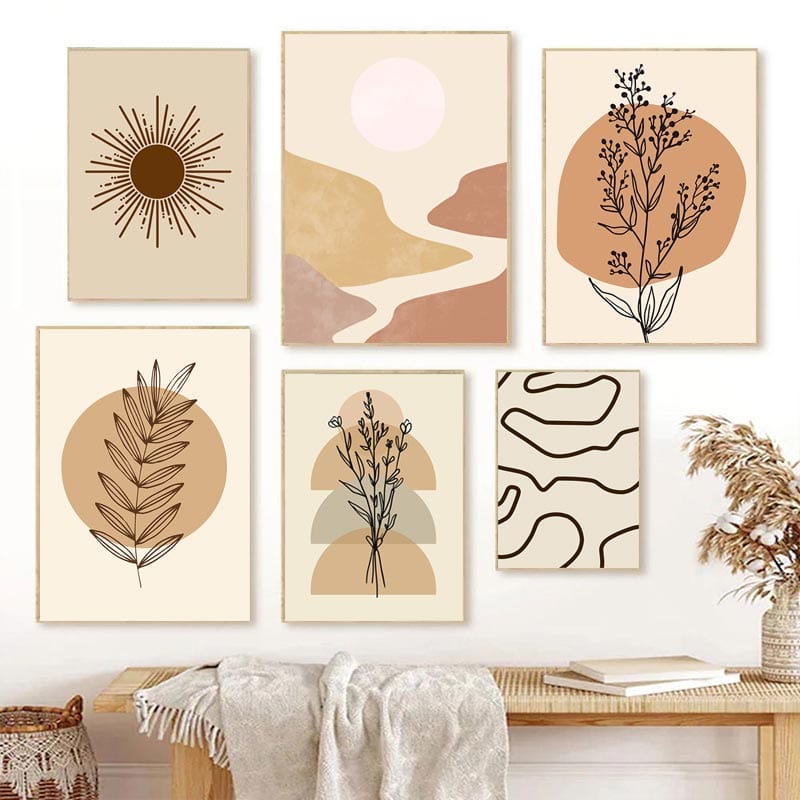
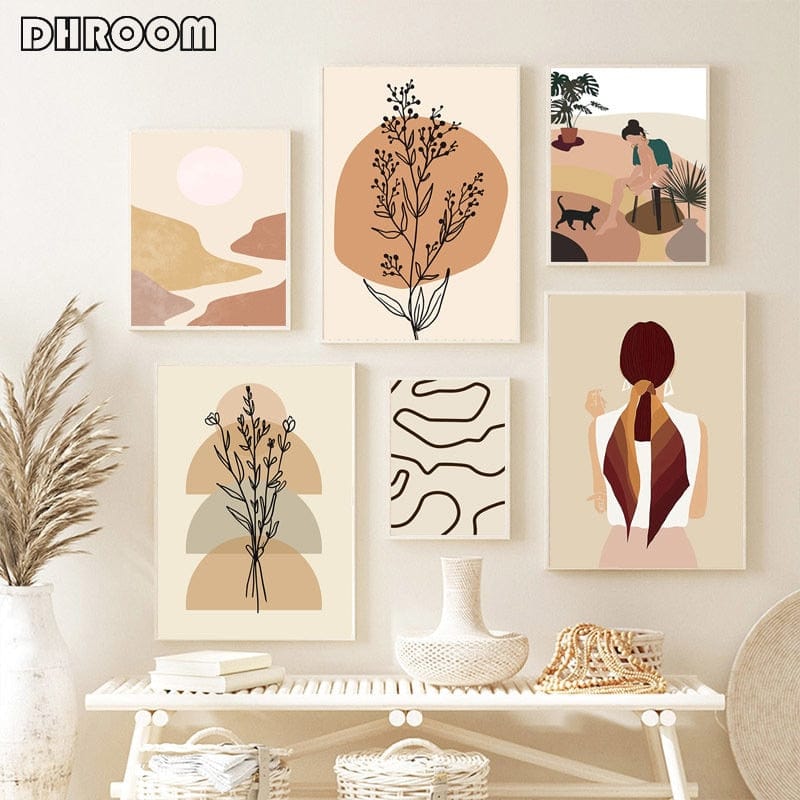
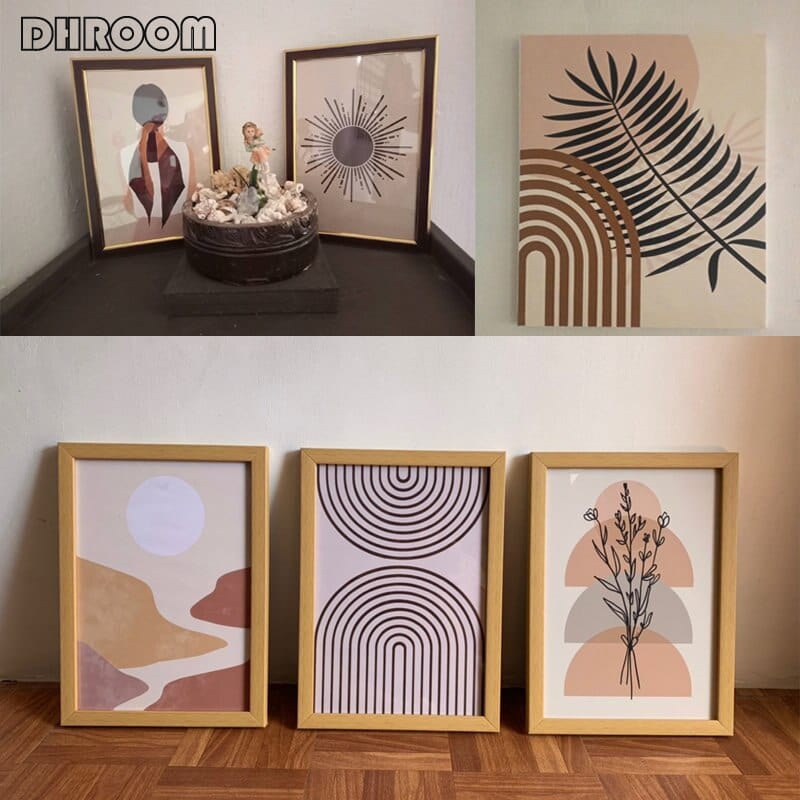
FAQs
Les Affiches et Posters sont-ils avec cadre ou sans cadre ?
Les affiches et posters sont sans cadre
Est-il possible de faire encadre un poster ou une affiche ?
Oui, vous pouvez nous contacter par chat pour vous faire un devis personnalisé.
Je souhaite avoir une taille qui n'est pas proposée comment faire ?
Vous pouvez nous écrire directement par chat, pour une taille personnalisée.
Puis-je personnaliser un tableau ?
Oui, vous pouvez personnaliser l'image, la taille, la couleur du cadre, écrivez nous par chat.
Comment choisir la bonne taille pour mon espace ?
1. Mesurez votre mur
Avant tout, mesurez l’espace où vous souhaitez accrocher le tableau. Cela vous donnera une idée claire de la surface disponible. Le tableau ne doit pas être trop petit ou trop grand par rapport à votre mur. Voici une règle simple :
- Si le tableau est accroché au-dessus d'un meuble (comme un canapé, un lit ou une commode), sa largeur devrait faire entre 50% et 75% de la largeur du meuble.
- Pour un mur vide, vous pouvez choisir un tableau dont la largeur représente environ 60-75% de la largeur du mur.
2. Laissez de l’espace autour
Il est important de laisser un peu de marge entre le tableau et les autres objets ou les bords du mur. Un espace vide de 10 à 20 cm autour du tableau permet de mieux le mettre en valeur.
3. Tenez compte de la hauteur
Accrochez le tableau à une hauteur qui place le centre de l'œuvre au niveau des yeux (environ 1,50 mètre du sol). Si le tableau est accroché au-dessus d’un meuble, laissez un espace d’environ 15 à 25 cm entre le meuble et le bas du tableau.
4. Choisissez le format en fonction de la pièce
Le format du tableau doit s’harmoniser avec la taille de la pièce. Pour un grand espace, optez pour des tableaux de grandes dimensions ou plusieurs tableaux (un triptyque par exemple). Dans une pièce plus petite, des tableaux plus modestes en taille s’intégreront mieux.
5. Considérez l’effet visuel souhaité
- Tableaux grands formats : parfaits pour créer un point focal dans une pièce, ils attirent l’attention et remplissent l’espace.
- Tableaux de petits formats : idéals pour créer une galerie murale ou pour des espaces plus réduits, comme un couloir ou une entrée.
Quels est le délais de livraison ?
Les Tableaux sont livrés en 4 jours et les Posters 7 jours ouvrables.
Que faire si je ne reçois pas ma commande ?
Vous pouvez nous écrire par chat, avec le numéro de commande.
Voici pourquoi choisir nos tableaux
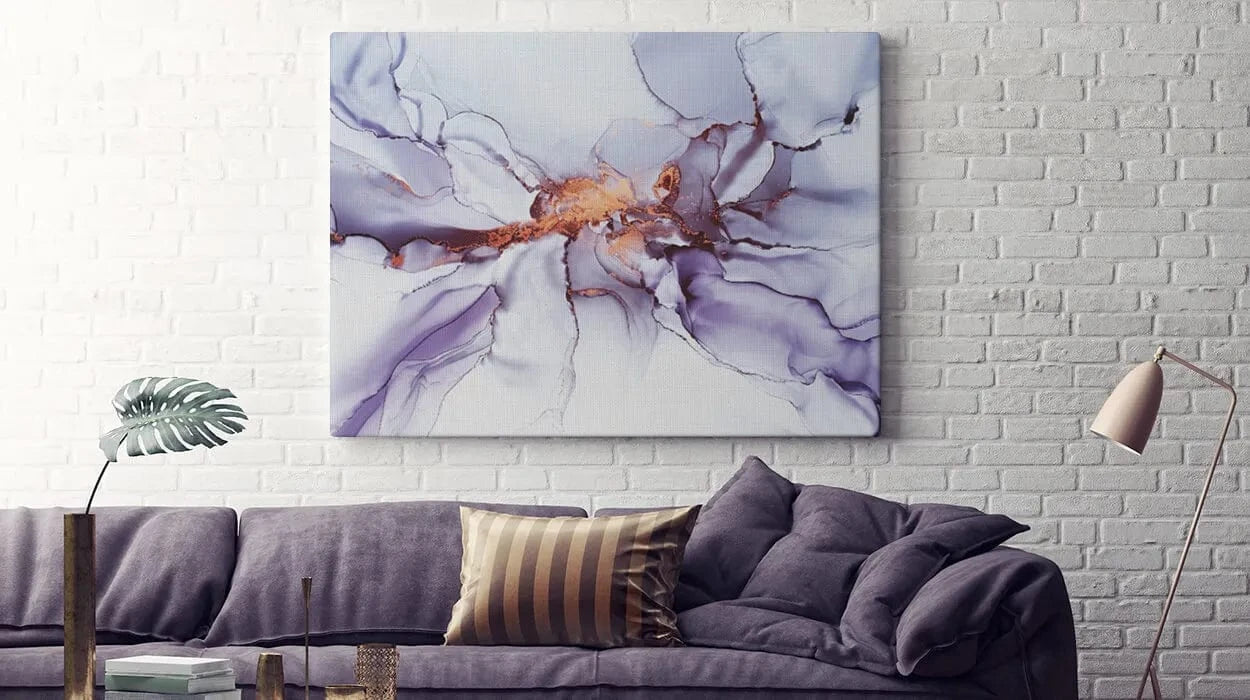
Qualité supérieure
Chaque tableau est réalisé avec une attention méticuleuse aux détails et une qualité d'impression irréprochable, garantissant une œuvre d'art durable et éclatante.
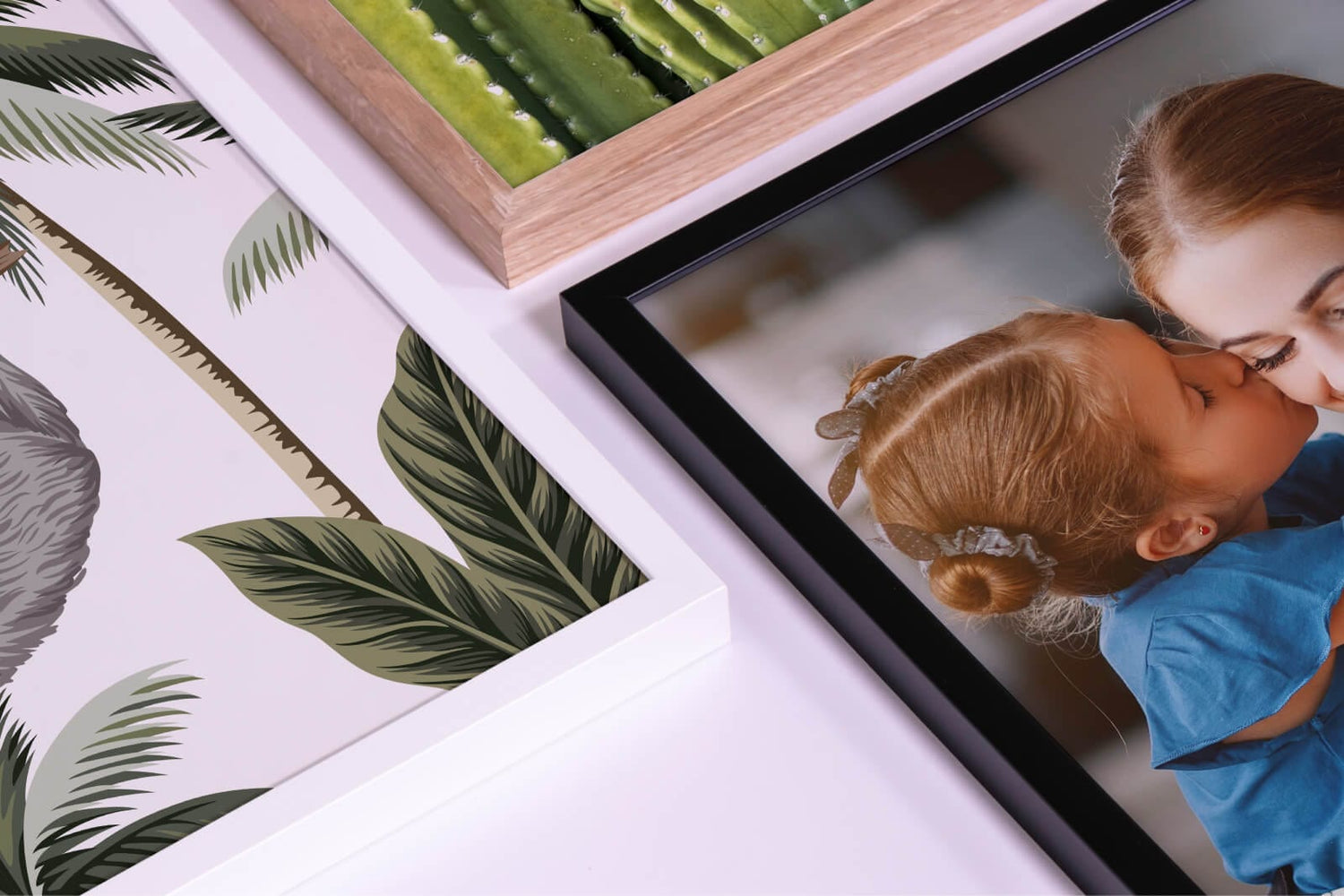
Large sélection
Parcourez notre vaste gamme de styles, de couleurs et de sujets pour trouver l'œuvre parfaite qui correspond à votre esthétique et à votre ambiance intérieure.
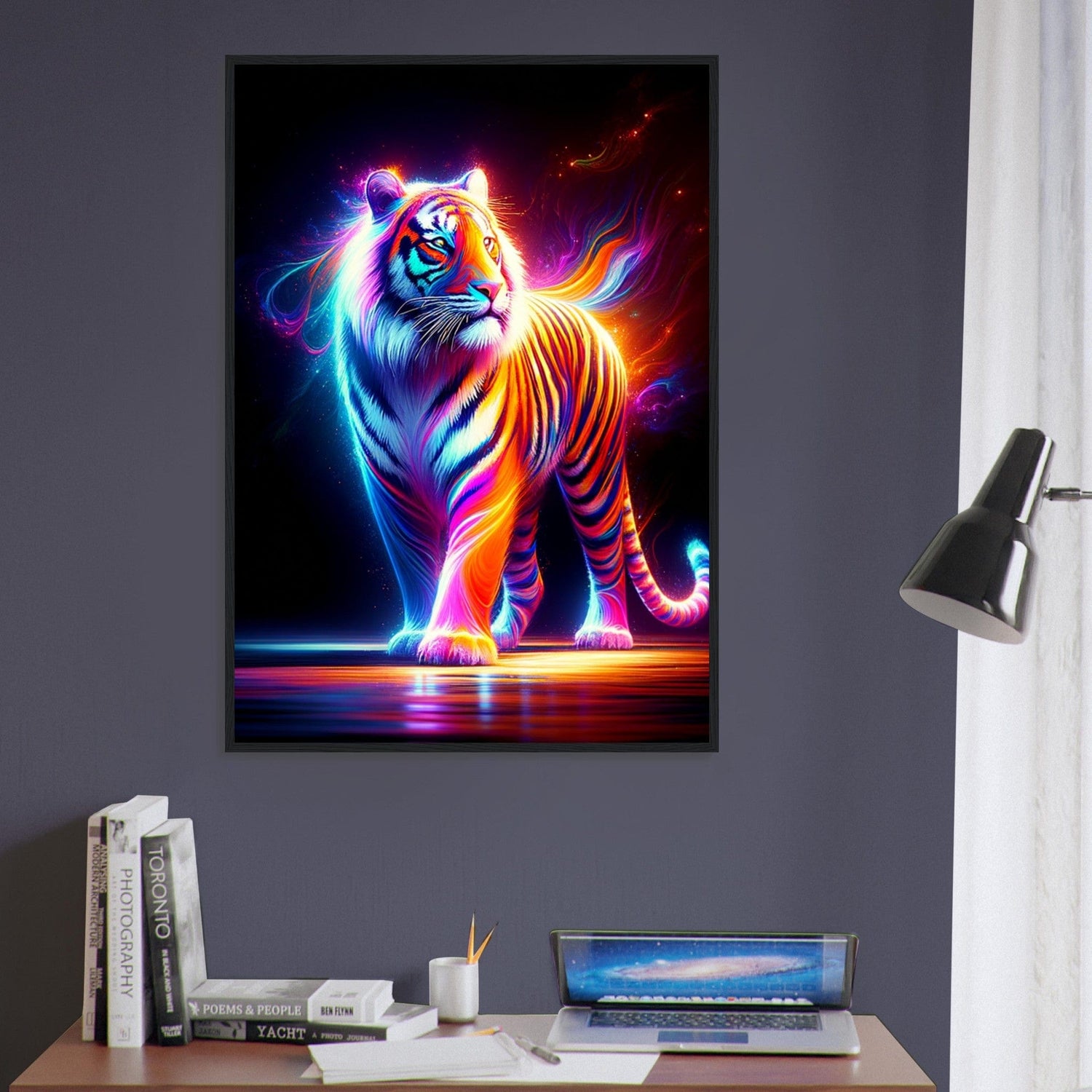
Originalité garantie
Nos tableaux sont créés par des artistes talentueux, offrant des pièces uniques et originales qui ajouteront une touche d'authenticité à votre décoration.
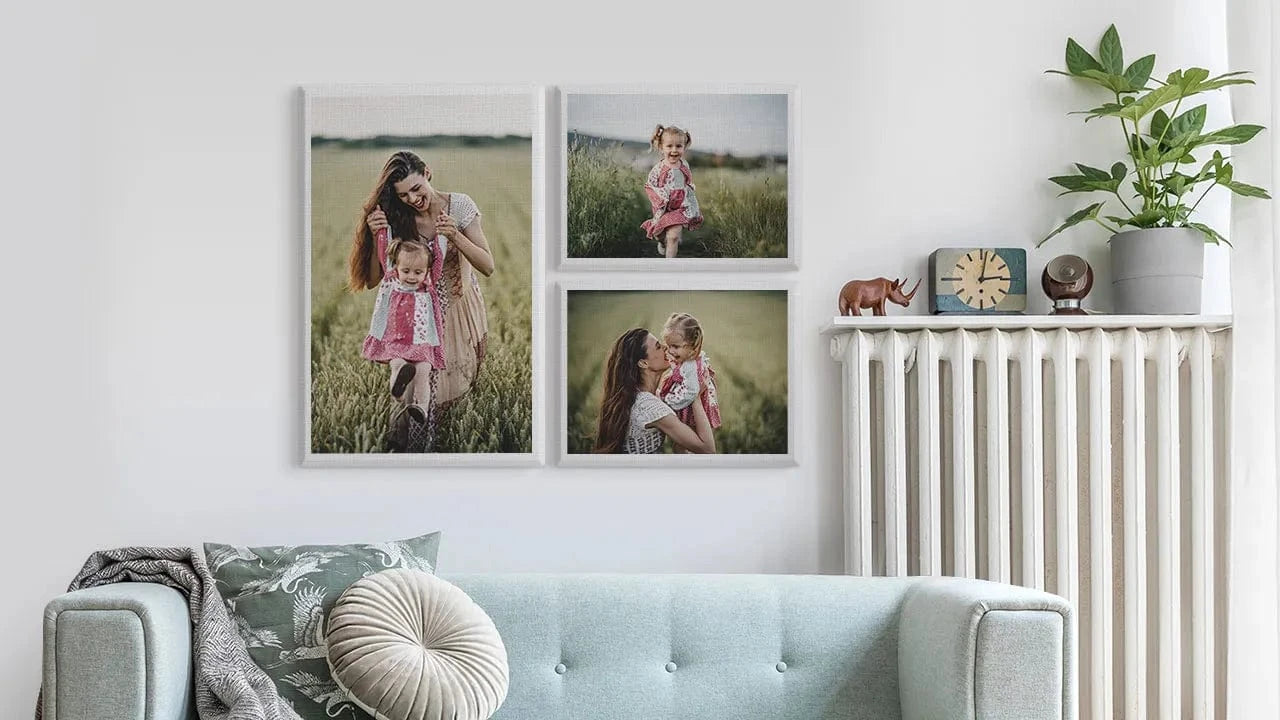
Personnalisation
Certains de nos tableaux peuvent être personnalisés pour répondre à vos besoins spécifiques, vous permettant d'ajouter une touche personnelle à votre décoration intérieure.
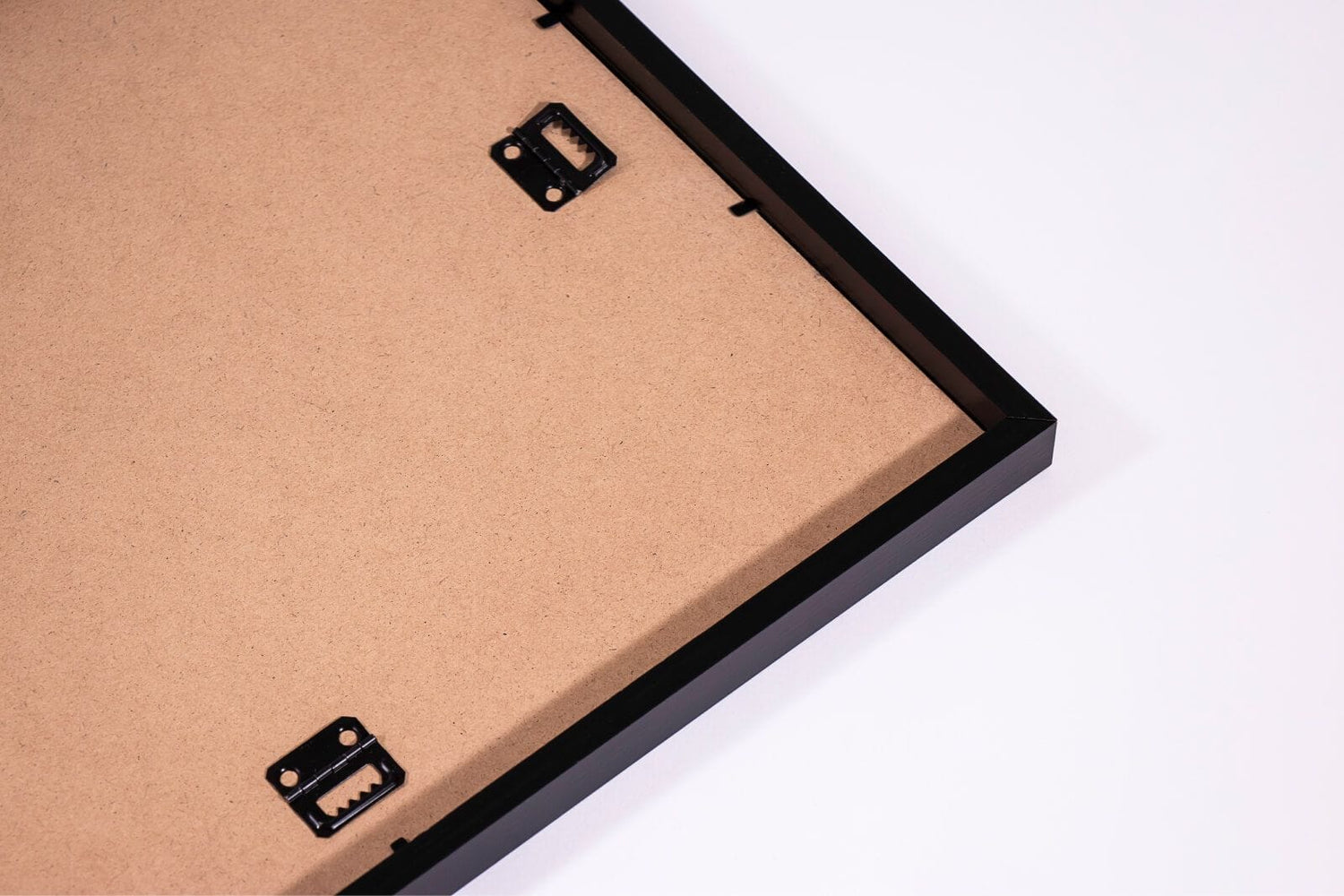
Tableau Pret à Etre Accrocher
Chaque œuvre est livrée avec tout le nécessaire pour être accrochée facilement et rapidement. Nos tableaux sont montés sur des cadres solides et légers, prêts à être suspendus dans n'importe quelle pièce de votre maison. Avec notre système d'accrochage simple et sécurisé, vous pourrez profiter de votre nouvelle œuvre d'art en un rien de temps, sans tracas ni effort supplémentaire.
Photos de nos clients satisfaits
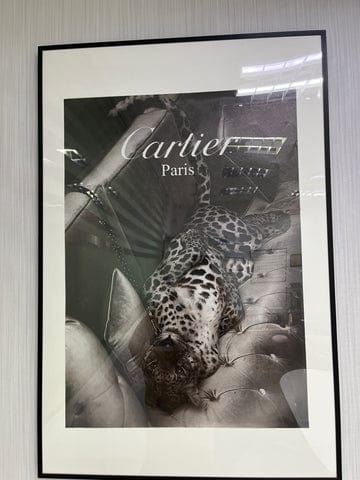
Marie Dubois
⭐⭐⭐⭐⭐Magnifique et élégant ! "Je suis absolument ravi de mon achat. Le tableau apporte une touche de sophistication à mon salon. Les couleurs sont éclatantes et les détails sont d'une finesse incroyable. Chaque fois que je le regarde, je découvre de nouveaux éléments. Je recommande vivement ce produit à tous les amateurs d'art."
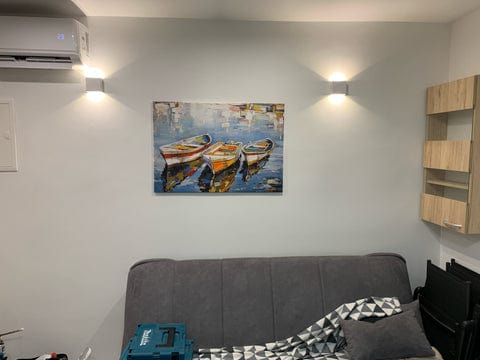
Julien Lefèvre
⭐⭐⭐⭐Parfait pour mon bureau"Ce tableau a transformé l'ambiance de mon bureau. Les teintes sont apaisantes et la qualité de l'impression est excellente. Le cadre est solide et bien fait. Seul petit bémol, j'aurais aimé qu'il soit un peu plus grand. Malgré cela, je suis très satisfait de mon achat."
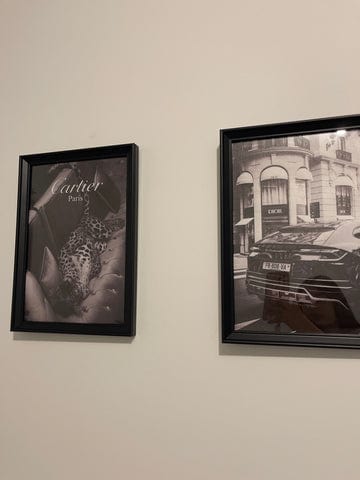
Sophie Martin
⭐⭐⭐⭐⭐Un vrai coup de cœur"J'ai acheté ce tableau pour ma chambre et je ne pourrais pas être plus heureuse. Il se marie parfaitement avec ma décoration et ajoute une touche d'originalité. Le service de livraison a été rapide et soigné, et le tableau est arrivé en parfait état. Je recommande à 100% !"
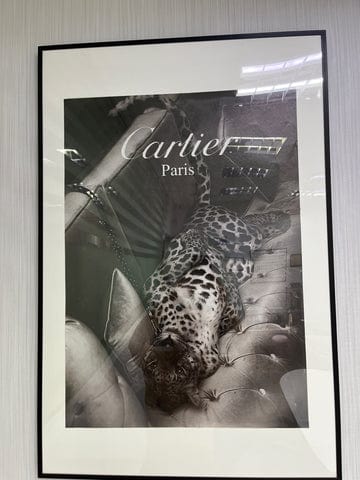
Nicolas Durand
⭐⭐⭐⭐⭐Excellent rapport qualité-prix"Pour le prix, ce tableau dépasse toutes mes attentes. Les couleurs sont vibrantes et il attire immédiatement l'œil. La qualité de l'impression est vraiment top et le cadre est très élégant. C'est la pièce maîtresse de ma salle à manger maintenant. Très bon achat."
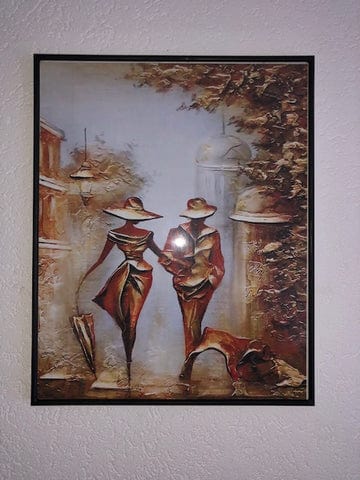
Claire Moreau
⭐⭐⭐Beau mais quelques défauts" Le tableau est vraiment joli et ajoute une belle touche à mon espace de vie. Cependant, j'ai remarqué quelques petites imperfections dans l'impression. Rien de très visible de loin, mais cela m'a un peu déçu. Malgré cela, je trouve que le tableau vaut son prix et reste un bon achat."

